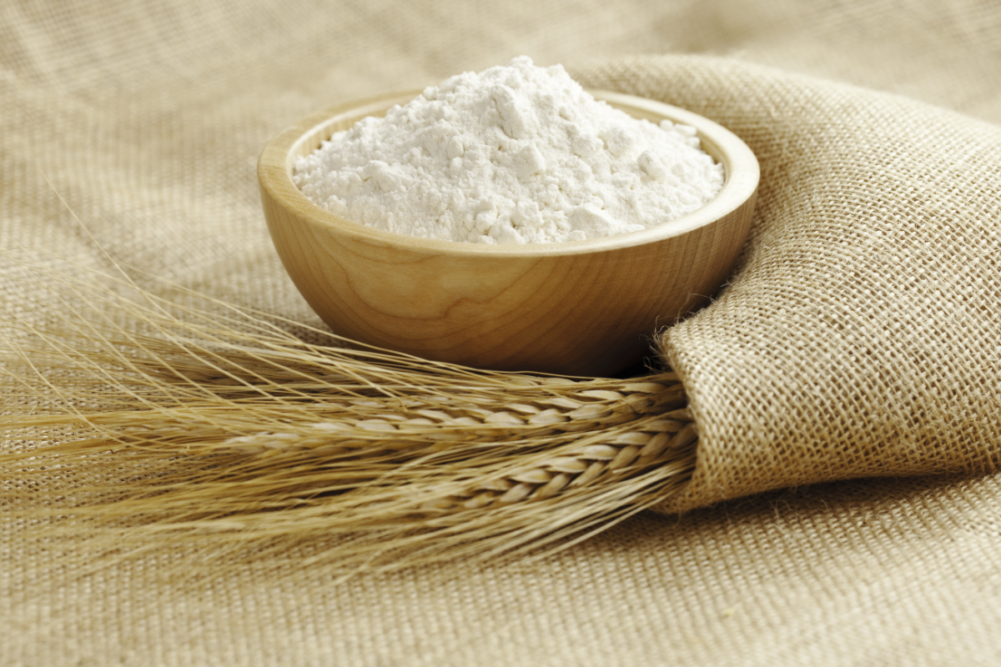
Arvin Donley, World Grain editor.
| Credit: ©SOSLAND PUBLISHING CO.KANSAS CITY, MISSOURI, US – Grain millers have been for many years on the front line of the food fortification movement since it is during the milling process that critical vitamins and minerals are added to the staple products they produce.
While there has been progress — 92 countries now have legislation to mandate at least one industrially milled cereal grain, up from 38 when the Food Fortification Initiative was launched in 2002 — there are still many countries that do not fortify wheat flour or other grain-based products. Even among some of the countries listed as part of the initiative, compliance is an issue. Despite mandatory regulations and voluntary standards in numerous countries to fortify staple foods, implementation often lags because of insufficient government enforcement and consumer demand often reducing the incentive for millers to fortify.
The milling industry operates on razor thin profit margins so setting up fortification procedures and fortifying their end products adequately and consistently requires a significant investment in equipment, premixes, staff training and management time. It is not an inexpensive endeavor, but it is a necessary one. Studies show that fortifying flour with iron helps protect against anemia while adding folic acid helps prevent severe birth defects such as spina bifida. The traditional model for increasing global fortification efforts has involved representatives from the health and nutrition community working to convince millers — as well as governments, particularly in poorer, developing countries — that the benefits outweigh the costs of adding key vitamins and minerals to flour and other staple products.
A new initiative called Millers for Nutrition was launched recently in which millers are educating their peers about the benefits of joining the fortification movement and the difference it can make in the lives of millions of people.
Millers for Nutrition stated its lofty goals during a press conference in October. It aims to reach 1 billion people by 2026 with fortified flour, rice and edible oil by ensuring adequate and sustained fortification of 85% of selected industrially processed staple foods and working with companies that together capture 85% of the market share of these foods in at least eight countries. The initiative currently is being implemented in Nigeria, Ethiopia, Kenya, Tanzania, India, Pakistan, Bangladesh and Indonesia — all countries with huge populations and a higher -than-average percentage of malnourished individuals.
Importantly, the initiative seeks to shine a light on those companies participating in the fortification process by publicizing their efforts, which for too long have gone unrecognized. Millers for Nutrition members said the increased visibility will strengthen the millers’ reputation and brand as quality food processors. This will include creating an annual rating index of a brand’s fortification performance based on the companies’ reports and independent testing.
The strategy of this private sector-led coalition, which includes milling associations, technical partners from the food fortification value chain, and health organizations, is sound. It has a chance to be a win-win proposition for the several billion people whose health can be improved through fortification and for the milling industry, which will finally receive the accolades it deserves for its role in producing and delivering these highly nutritious staple foods.
Arvin Donley is the editor of World Grain.






